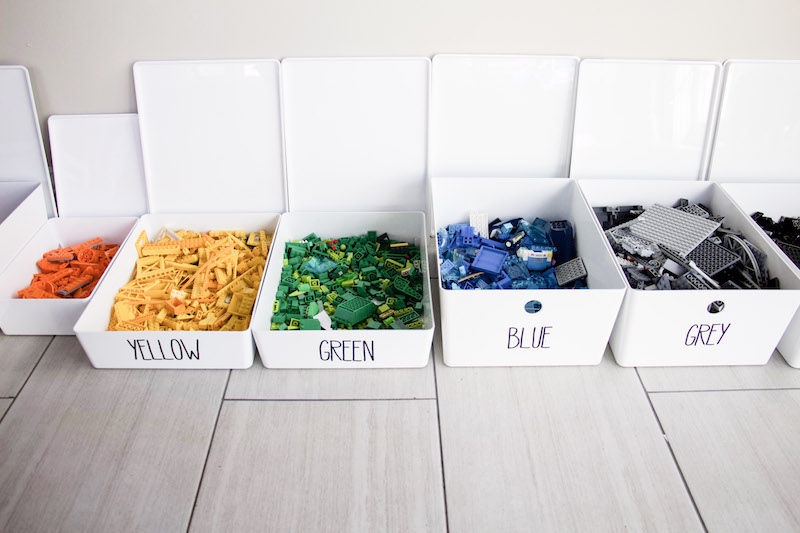How to Wrap Furniture for Moving: Protect Your Valuables
- Moovin and Groovin
- May 9
- 3 min read

Moving households requires careful planning, especially when it comes to protecting valuable furniture pieces. Without proper techniques, even the sturdiest items can suffer damage during transit. Many families now opt for comprehensive moving services that include professional packing, but understanding proper wrapping methods remains valuable whether you're doing it yourself or verifying the work of hired movers. This guide covers essential wrapping techniques to prevent scratches, dents, and breakage, helping ensure your cherished pieces arrive at your new home in the same condition they left.
Importance of Furniture Wrapping
Wrapping furniture before moving is crucial to protect it from scratches, dents, and other damages during transportation. Properly wrapped furniture arrives at its destination in the same condition as when packed. Materials like moving blankets, bubble wrap, or stretch wrap create a protective barrier that shields your furniture from potential harm. Without proper wrapping, furniture becomes vulnerable to scratches from other items, dents from accidental bumps, or damage from shifting during transit. Taking time to wrap furniture securely demonstrates commitment to its preservation and longevity. Additionally, proper wrapping can prevent costly repairs or replacements caused by avoidable damage.
Necessary Supplies for Wrapping
To properly safeguard your furniture during a move, you'll need essential supplies such as moving blankets, bubble wrap, and stretch wrap. Moving blankets provide thick protection against scratches and dents, especially for larger items like dressers or tables. Bubble wrap excels at protecting delicate surfaces and intricate details from impact and abrasion. Stretch wrap secures blankets and bubble wrap in place, preventing shifting during transit. Packing tape is vital for securing layers and edges, ensuring tight and secure wrapping. These supplies work together to create a protective barrier that shields your furniture from damage throughout the moving process.
Preparing Furniture for Wrapping
Before starting the wrapping process, ensure all furniture items are thoroughly cleaned and free of debris or loose parts. Wipe down surfaces to remove dust or dirt that could cause damage during the move. Check for small items like screws or knobs that might have loosened and secure them properly. Disassemble any parts that can be taken apart to simplify wrapping and prevent damage. Store all hardware components in labeled bags for easy reassembly. Consider applying furniture polish or protective wax on wooden surfaces for an additional layer of protection. Proper preparation before wrapping helps guarantee a smooth and secure moving experience.
Techniques for Wrapping Furniture
Following proper wrapping techniques ensures maximum protection throughout the moving process. Consider these key approaches when wrapping furniture items:
Use the Right Materials: Select high-quality moving blankets, furniture pads, bubble wrap, or stretch wrap to provide adequate cushioning and protection.
Disassemble When Possible: Break down furniture into smaller, manageable pieces to make wrapping easier and ensure all parts receive adequate protection.
Wrap Securely: Start from one end and wrap tightly, ensuring no areas remain exposed. Use tape or bands to secure the wrapping in place.
Protect Fragile Parts: Pay special attention to delicate or protruding parts like legs, handles, or corners. Apply additional padding or corner protectors to prevent damage.
Additional Tips for Protecting Furniture
Beyond basic wrapping methods, additional techniques can help guarantee furniture safety and integrity during moves. Disassembling furniture makes transportation easier and reduces damage risk. Keep components like screws in labeled bags for straightforward reassembly. Using furniture sliders or blankets prevents scratches on floors and walls when moving bulky items. Corner protectors safeguard furniture edges from chipping or damage. Securing furniture with straps inside the moving truck prevents shifting during transit. Incorporating these extra precautions alongside proper wrapping methods ensures your furniture arrives undamaged at its destination.
Related Topics:





Comments